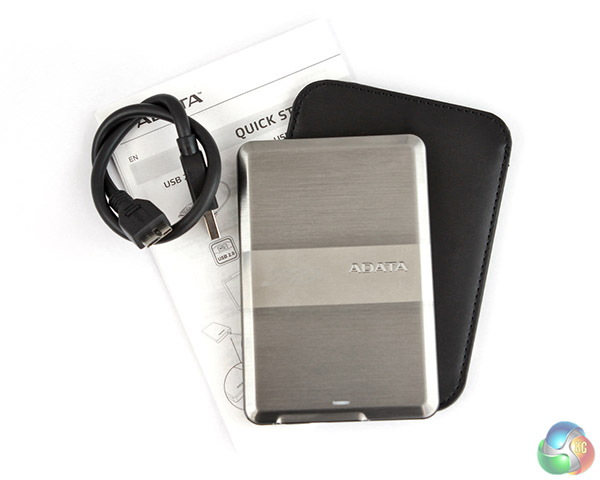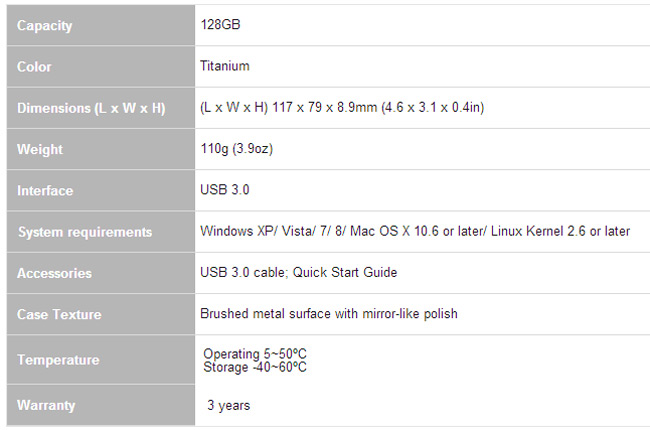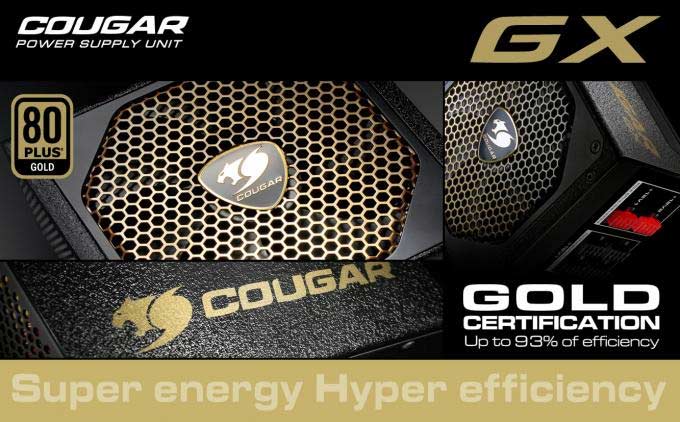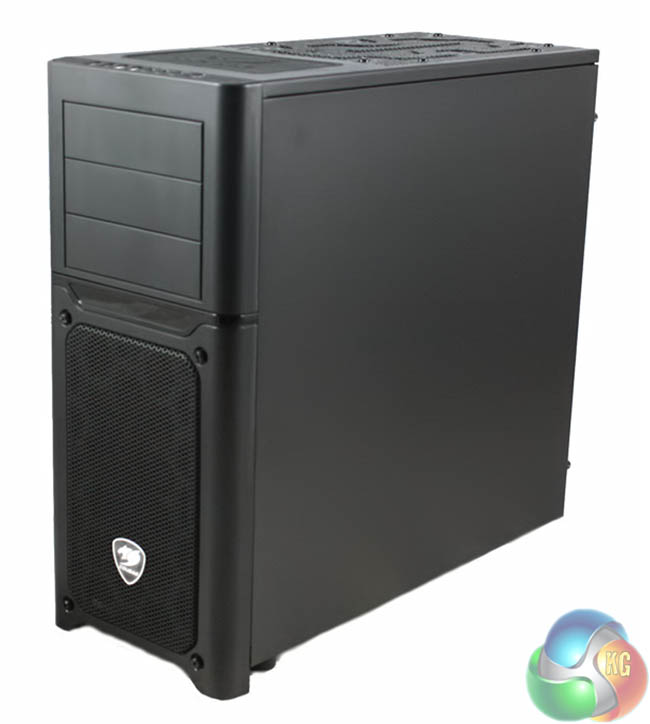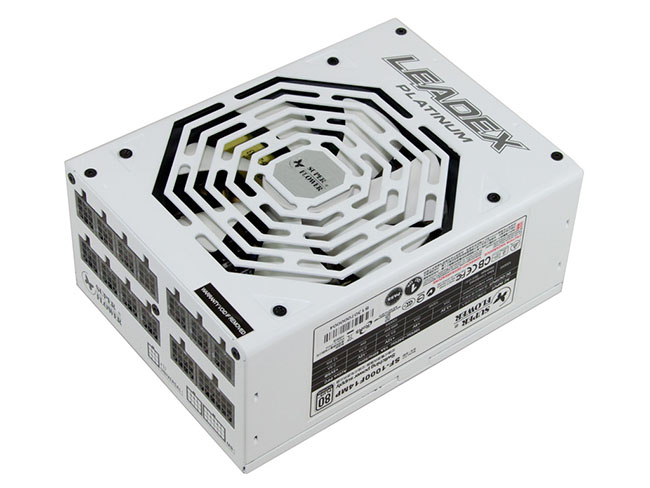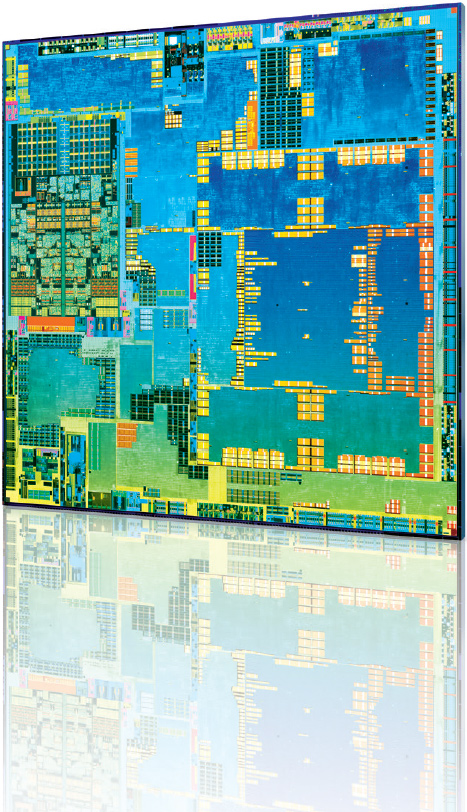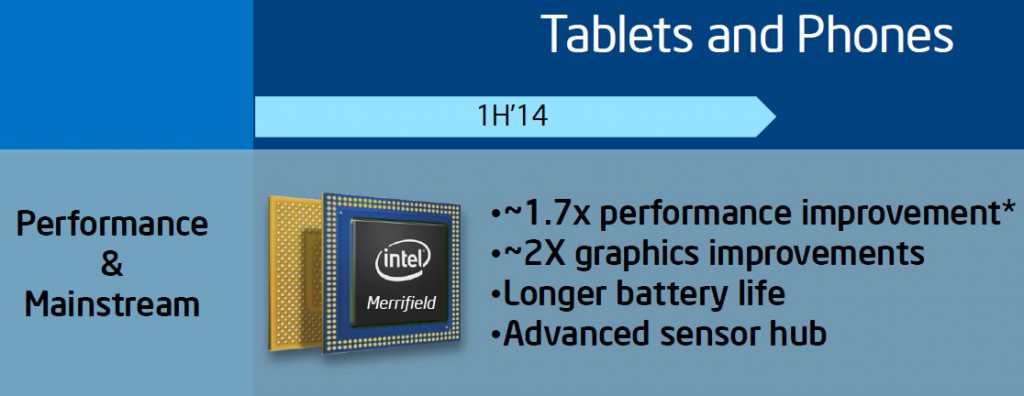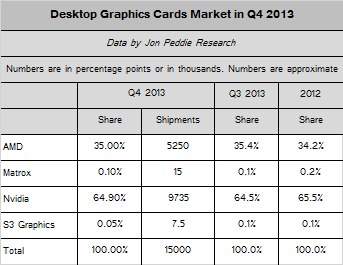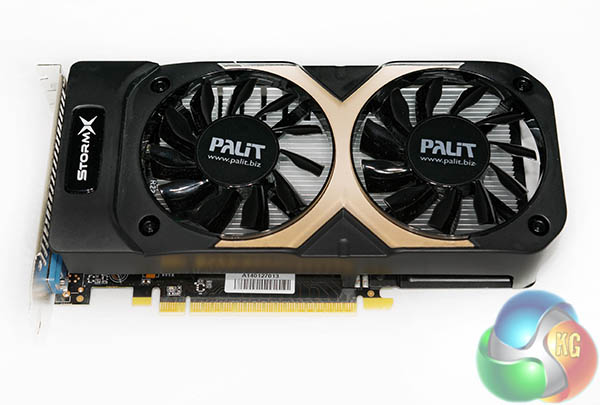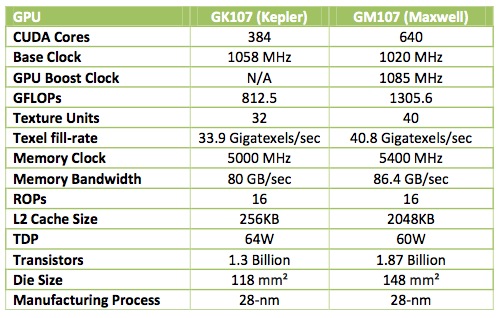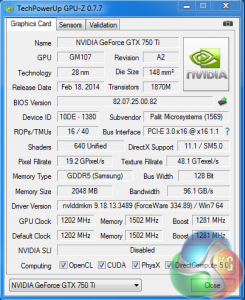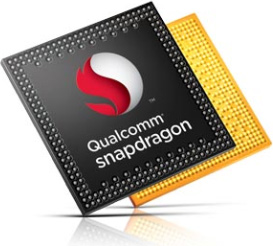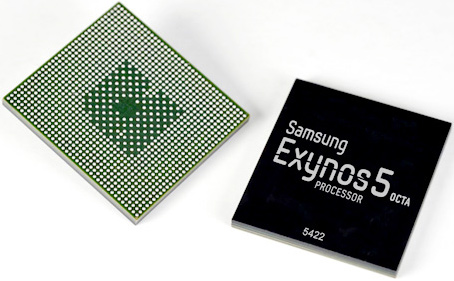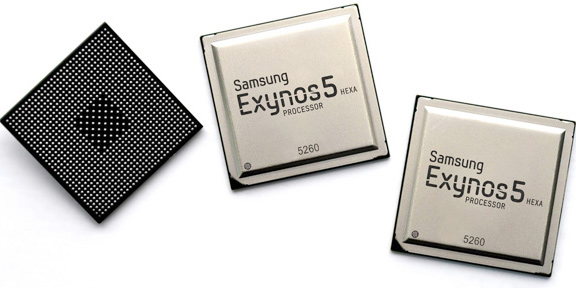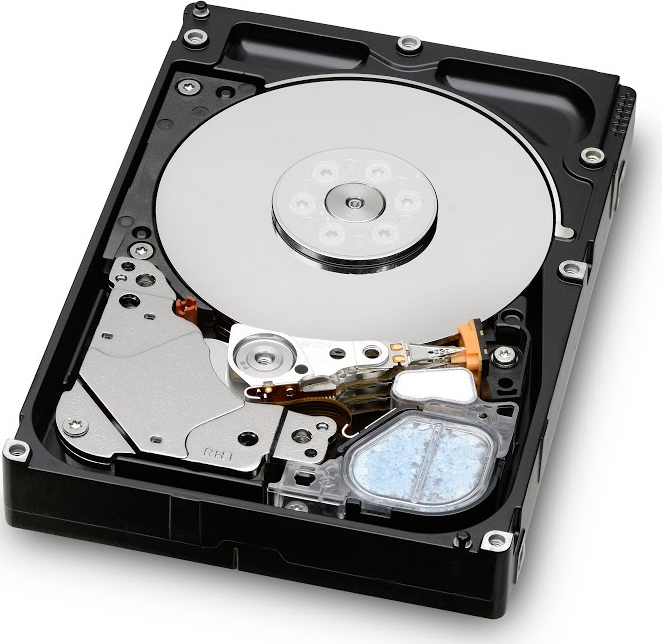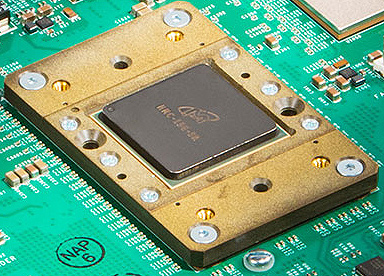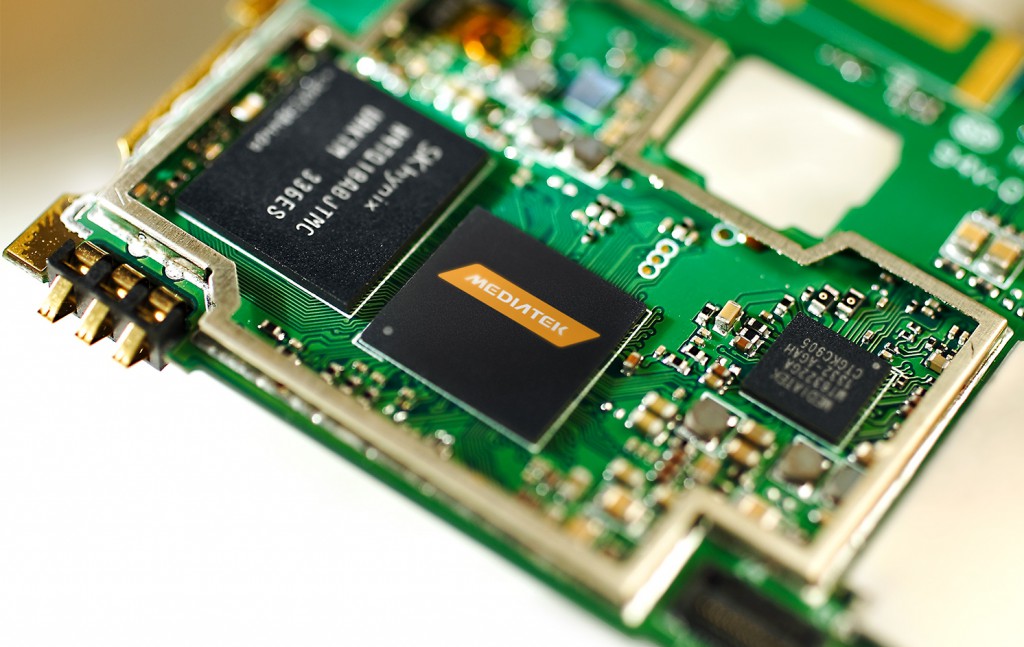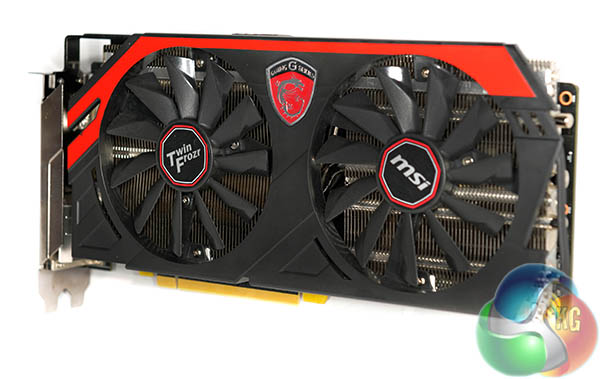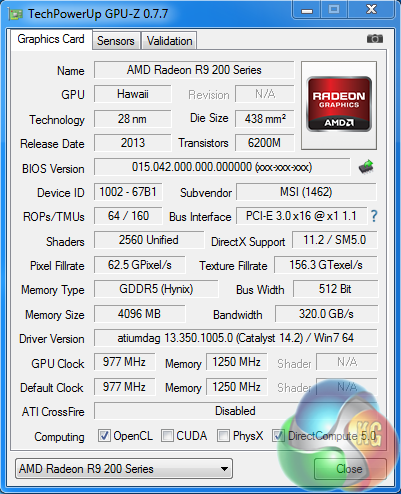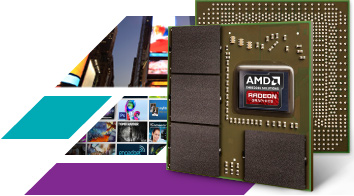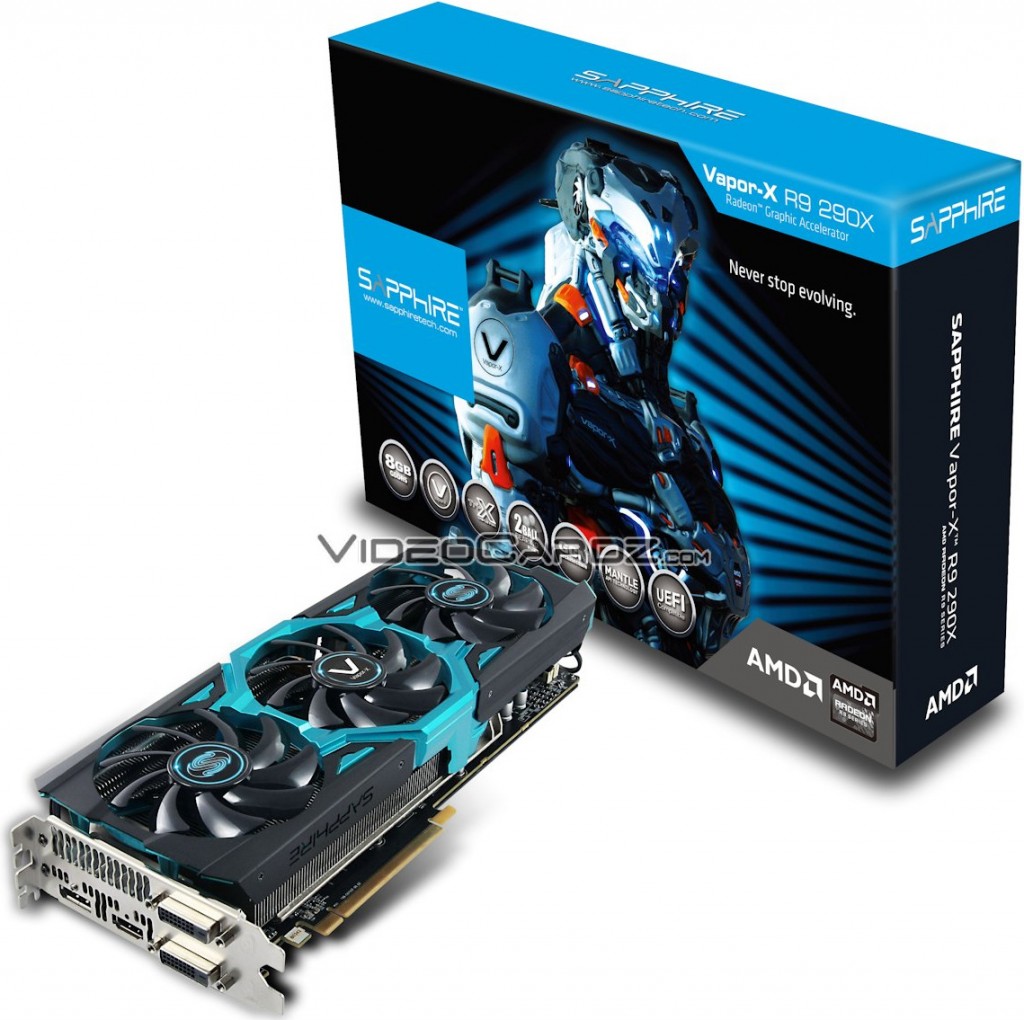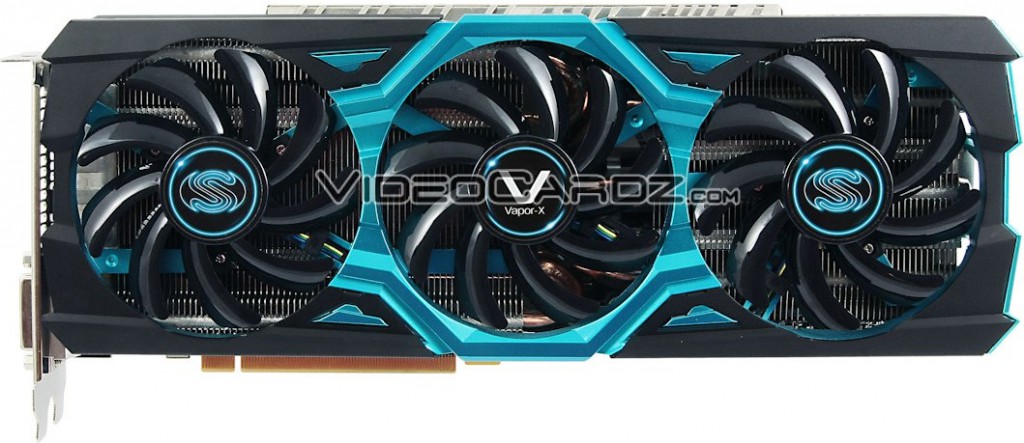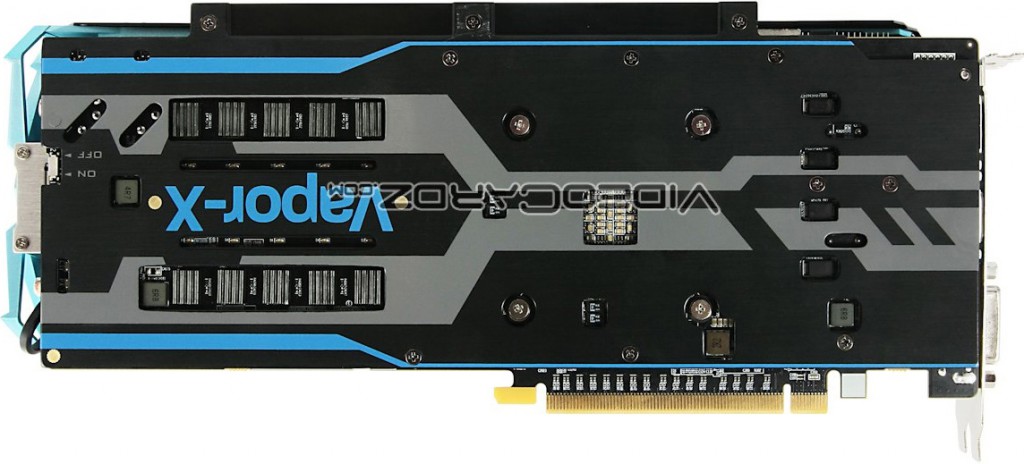HGST, a wholly-owned subsidiary of Western Digital Corp., on Wednesday introduced one of the world’s highest-performing hard disk drive (HDD). The new Ultrastar enterprise-class storage solution boasts with 15K revolutions per minute spindle speed as well as Serial Attached SCSI 12Gb/s interface.
HGST Ultrastar C15K600 hard disk drives are available in 300GB, 450GB and 600GB capacities and are based on two or three platters. The drives feature 15K rpm spindle speed, 128MB cache, SAS-12Gb/s interface. Operating power consumption of the HDDs is 7W (a 55 per cent improvement over 3.5” 15K HDDs), active idle power consumption varies from 5W to 5.8W (a 54 per cent improvement over 3.5” 15K HDDs). The Ultrastar C15K600 family will be offered in 512e, 512n and 4K advanced format.
The Ultrastar C15K600 hard drives are designed enterprise workloads like on-line transaction processing and intensive data analytics. To achieve its extreme performance, the C15K600 utilizes several technologies, including HGST’s media caching technology, which provides a large caching mechanism for incoming data resulting in significantly enhanced write performance over solutions with limited NAND or flash-based non-volatile cache (NVC). The result is two times better random write performance than current generation 2.5” 15K drives, and two and a half times better performance than 3.5” 15K drives, according to HGST. At present, the C15K600 is the only 2.5” hard drive to utilize SAS-12Gb/s interface.
![hgst_wd_ultrastar_c15k600]()
Although solid-state drives are rapidly gaining share of the market of high-performance storage, hard disk drives are still needed by many. Based on IDC industry data and customer feedback, HGST is seeing that by 2016, the performance enterprise (15K and 10K) HDD total available market (TAM) will be more than two times the unit size of the enterprise SSD TAM.
“A couple of factors are keeping the demand strong for 15K HDDs,” said Brendan Collins, vice president of product marketing at HGST. “First, our customers continue to use 15K HDDs along with a complement of SSDs in tiered pools of storage, depending on their performance, capacity, and power efficiency requirements. Our new Ultrastar C15K600 fills a need for storage that is more cost effective than SSDs, and has the performance, reliability and capacity requirements needed by mission-critical enterprise applications. Also, we see that the industry is transitioning away from 15K 3.5” hard drives to smaller 2.5” drives to help reduce space requirements, while offering comparable capacities to the legacy 3.5”15K products.”
Backed by field-proven technologies and HGST’s quality commitment, the new Ultrastar C15K600 family delivers leading enterprise-class specifications such as 2M hours MTBF, an annualize failure rate (AFR) of 0.44 per cent and comes with a five-year limited warranty.
The 512n and 4Kn versions of the Ultrastar C15K600 hard drive family are now shipping, and are being qualified by select OEMs. The 512e version will be available this summer.
KitGuru Says: The Ultrastar C15K600 may be the last generation of 15K 2.5” hard drives. At present it offers price advantage over comparable enterprise-class solid-state drives. In three years’ time, that advantage will diminish and very few customers will need such high-end HDDs at the cost of better performing SSDs.
